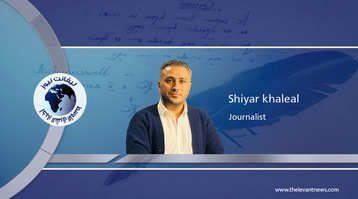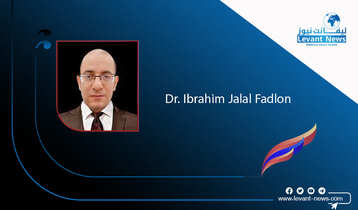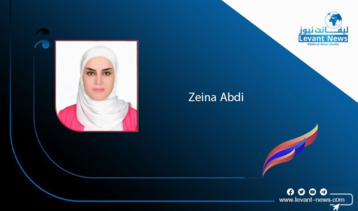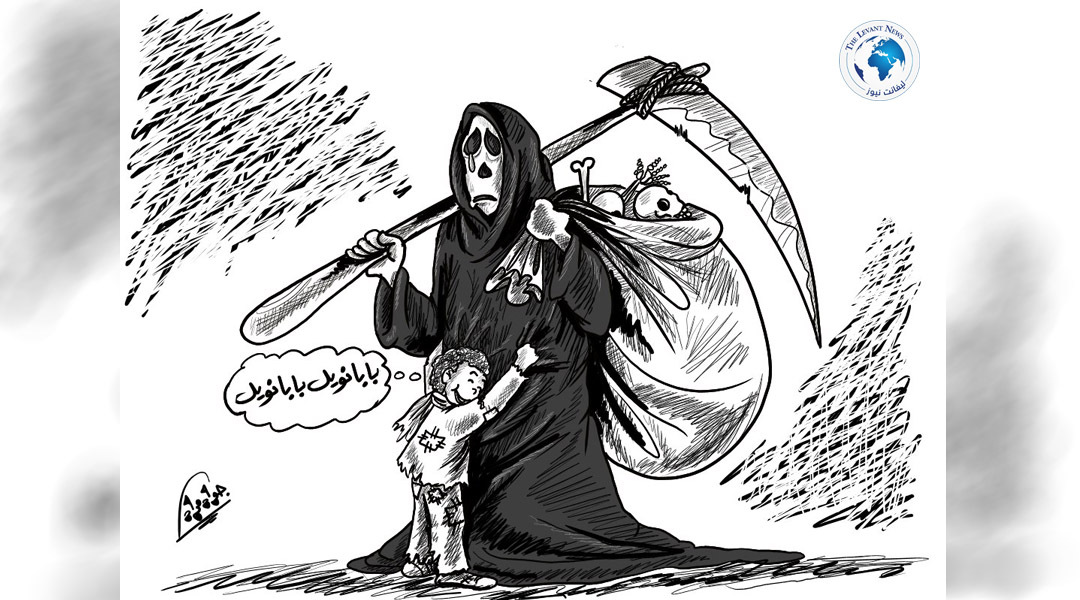-
Kurdish Syriacs: An Identity That Takes Root and Does Not Dissolve Part Five

Sixth, under no circumstances can the Syriac component of Kurdistan in the Jazira region be reduced to the narrative of the Zubayd, Tayy, or Shayban tribes. Though these tribes may have been located near Syriac communities, the Syriacs were never subordinate to them. Rather, they lived in their own cities and villages, with distinct social and religious structures, or in shared communities with Muslim Kurds and Yazidis. They maintained their church and cultural institutions—even under the worst conditions of displacement.
Seventh, regarding the claim that the term "Beth Arabaya" in Syriac literature means "land of the Arabs," it actually referred, according to many Syriac historians, to regions that were later occupied or settled by some Arab groups. However, it never implied that the original inhabitants were Arabs. In fact, the area remained under the influence of Syriac churches, and the Syriac language continued to serve as the medium of literature, prayer, and science—even after the advent of Islam.
Eighth, the narrative promoted by some tribal descendants claiming a “Syriac origin” is merely an attempt to align themselves with the region’s profound spiritual history. While this can be understood from a human perspective, such emotional identification should not be turned into historical appropriation. Loving Syriac heritage does not make one Syriac—just as adopting some Kurdish words in Arabic does not make the Arabic speaker a Kurd.
Finally, this type of discourse—which dissolves ethnic distinctions under the guise of “historic alliances” or “bonds of blood”—ultimately serves authoritarian agendas that have long sought to erase diverse identities in the name of unity, whether it be Arab unity, Islamic unity, or even a fabricated national unity. Defending the authenticity of the Syriac component—as an independent ethnicity or as Kurds who embraced Christianity, just as they had previously embraced Judaism and later Islam—is a defense of genuine diversity in Syria, and a safeguard against nationalist uniformity that has given rise to regimes of tyranny and forced displacement.
In reality, the article and its sources are fraught with misleading claims and concepts, as they rely on undocumented oral narratives and clearly aim to dissolve Kurdish identity and obscure the national affiliation of the Syriacs and Mhallami within an Arab tribal narrative. This narrative reproduces internal colonialism—this time couched in the language of “solidarity” and false “brotherhood.”
First: Where does Qaryaqos derive his narratives from? And where are the sources?
It is notable that Abdul-Masih Qaryaqos, as presented in the text, builds his narrative on emotional testimonies shaped by his involvement in the Ba’ath Party and the benefits he gained from it, rather than on documented records or academic studies. His statements contain no references to credible archival sources or anthropological or historical research. Instead, they draw from stories circulated by pan-Arab regimes and Ba’athist writers, along with orally transmitted terminology. Can such nostalgic tribal narratives serve as a basis for constructing concepts of ethnic and religious kinship? Can neighborhood relations or intermarriage be used as tools to redefine ancient peoples like the Syriacs or Christian Kurds? This is a dangerous reductionism that belongs not to science or history, but to a soft political agenda disguised as emotional familiarity.
Second: What is the connection between "Shaybani" and the Mhallami? And why the shift in tribal identity?
The claim that the Mhallami—a longstanding group settled in the Tur Abdin region and the mountains of Kurdistan for centuries—have become part of the “Banu Shayban” tribe is completely unfounded. “Shayban” refers to an Arab tribe of the Rabi’a lineage, which is entirely different from the Mhallami in terms of origin, geography, and cultural language. The Mhallami lived within Kurdish cultural spheres and Kurdistan’s geographic domain, interacting with Syriacs, Armenians, and Yazidis. While some of them were later “Arabized,” this occurred under coercive political circumstances—first during the Ottoman era, and later under Arab nationalist regimes that sought to “nationalize identity.”
Then how do we explain a tribal sheikh presenting himself as Shaybani, while the local population historically knows only the term “Mhallami”? Why this shift in terminology unless it is part of a broader project to “reframe the geography”? This appears to be an attempt to remove the Mhallami from their historical Kurdish context and insert them into an Arab identity that had no historical presence in the region prior to Islam.
To be continued...
Dr. Mahmoud Abbas
You May Also Like
Popular Posts
Caricature
opinion
Report
ads
Newsletter
Subscribe to our mailing list to get the new updates!




















